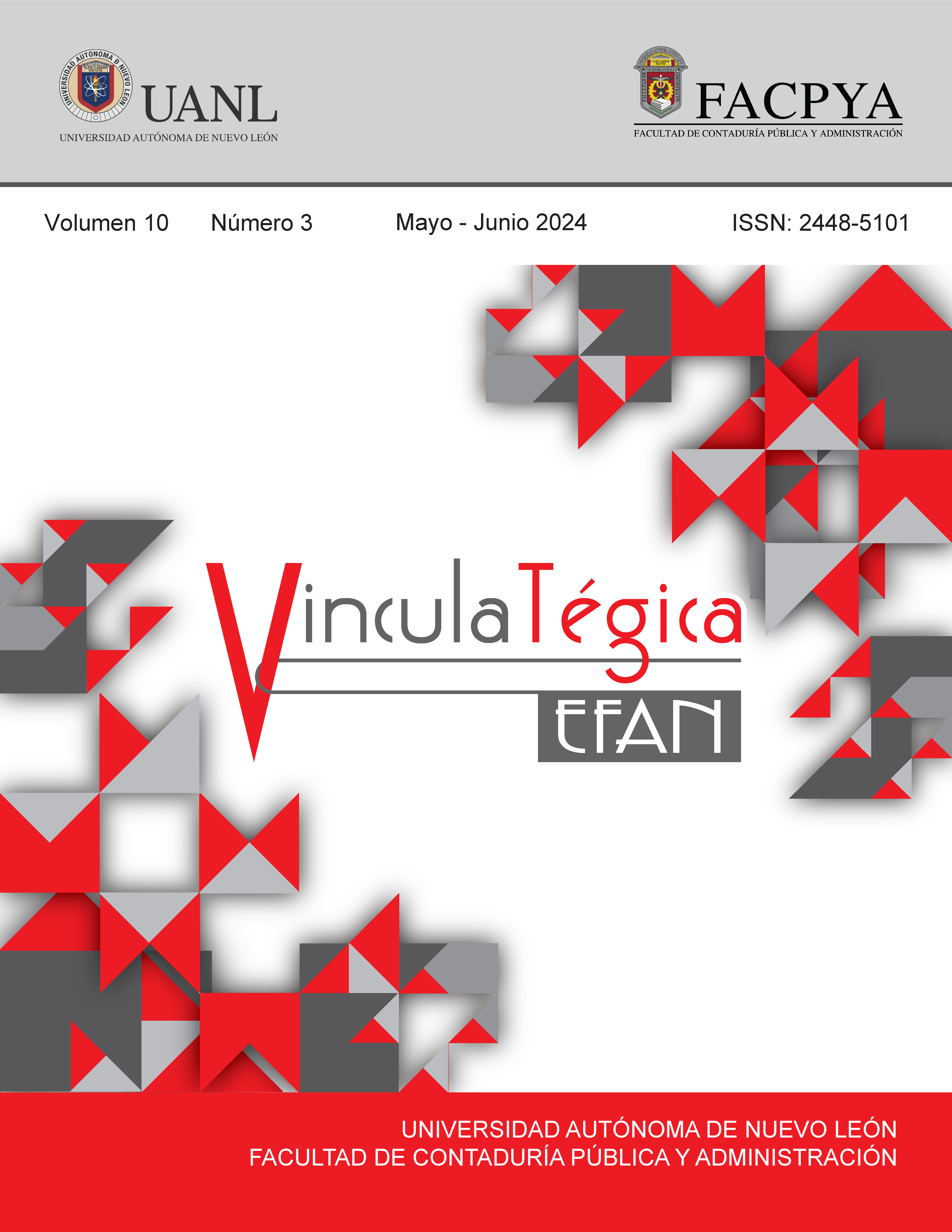Analysis of the LGBTTTIQA+ student population as emotional well-being in the Faculty of Administration and Accounting
DOI:
https://doi.org/10.29105/vtga10.3-508Keywords:
well-being, emotional, diversityAbstract
The present investigation intends to analyze which are the factors that influence the possible discrimination against the LGBTTTIQA + student population as emotional well-being in the Faculty of Administration and Accounting of Piedras Negras, Coahuila, through the non-experimental research method is appropriate for variables that cannot be Either they must be manipulated or it is difficult to do so, a mixed type exploratory transactional non-experimental design was used. Once the instrument was applied, we got the following results: Talking about sexual diversity is to focus on the possibilities that an individual has to think, act and live their sexual orientation in a free and responsible way. Where the task of society is to include and not discriminate, an informed society with a vision of adopting a position of openness in which it gets involved, knows and participates in inclusion. It is important to study sexual diversity and from the school environment to promote at all levels, through strategies and design in the study plans, the teaching of subjects to promote emotional well-being, since this affects us in the cultural, political scenario And social.
Downloads
References
Araya Andrade, K. & Echeverría Chavarría, M. (1998) Los problemas sociales asociados a la homosexualidad y las respuestas que se han generado en torno a las necesidades de esta población. (Tesis de Licenciatura, Universidad de Costa Rica, Ciudad universitaria Rodrigo Facio)
Careaga, G., & Cruz, S. (2004). Sexualidades diversas, aproximaciones para su análisis México: MAP Porrúa.
Consejo Nacional para prevenir la discriminación (CONAPRED) (2018) Encuesta Nacional sobre Discriminación 2017: Prontuario de Resultados.
Echeverría & Arraya. (1998) Technology assessment for radiologist
Escobar, J. (2007). Diversidad sexual y exclusión. Revista Colombiana de Bioética 2(2), 77-94.
Ginebra. (2014).
UNFE. (2017). United Nations Human Rights
Mendoza, Juan Carlos, Luis Roberto, Ricardo Román y Aarón Rojas, (2015) Principales Resultados del Diagnóstico Situacional de las Personas LGBTIQ de México 2015. Disponible en: https://goo.gl/esXosb.
Mertens, D. (2005). Research and evaluation in Education and Psychology: Integrating diversity with quantitative, qualitative, and mixed methods. Tousand Oaks: Sage,
Morell, Capel Silva y Daniel Gajardo (2005). “Consecuencias psicológicas del “Bullying” homofóbico y trabsfóbico: factores identificativos y preventivos”
Peixoto Caldas, J. M., Fonseca, L. & Almerida, S. (2012). Escuela y diversidad sexual -¿Qué realidad? Educagáo em Revista 28(03), 143-158. DOI: https://doi.org/10.1590/S0102-46982012000300007
Soriano, S. y Lázaro, ds. (2007) Bullying homofóbico. Situación actual y características de la violencia escolar. Almería: Grupo Editorial Universitario. (169-174)
RA, M., & IRI, P. Encuesta Nacional sobre Discriminación 2017.
Downloads
Published
How to Cite
Issue
Section
License
Copyright (c) 2023 Clara Patricia Buentello Martínez, Iliana Violeta Valdez Nisino, Gerónimo Juárez Ibarra

This work is licensed under a Creative Commons Attribution 4.0 International License.
a). Authors keep copyright and give the journal the right of the first publication of the work under a Creative Commons attribution license. This license allows others to share the work as long as original authorship and initial publication in this journal is acknowledged.
b). Authors may make other independent and additional contractual agreements for the non-exclusive distribution of the version of the article published in this journal (e.g., include it in an institutional repository or publish it in a book) as long as they clearly indicate that the work was published for the first time in this journal.







